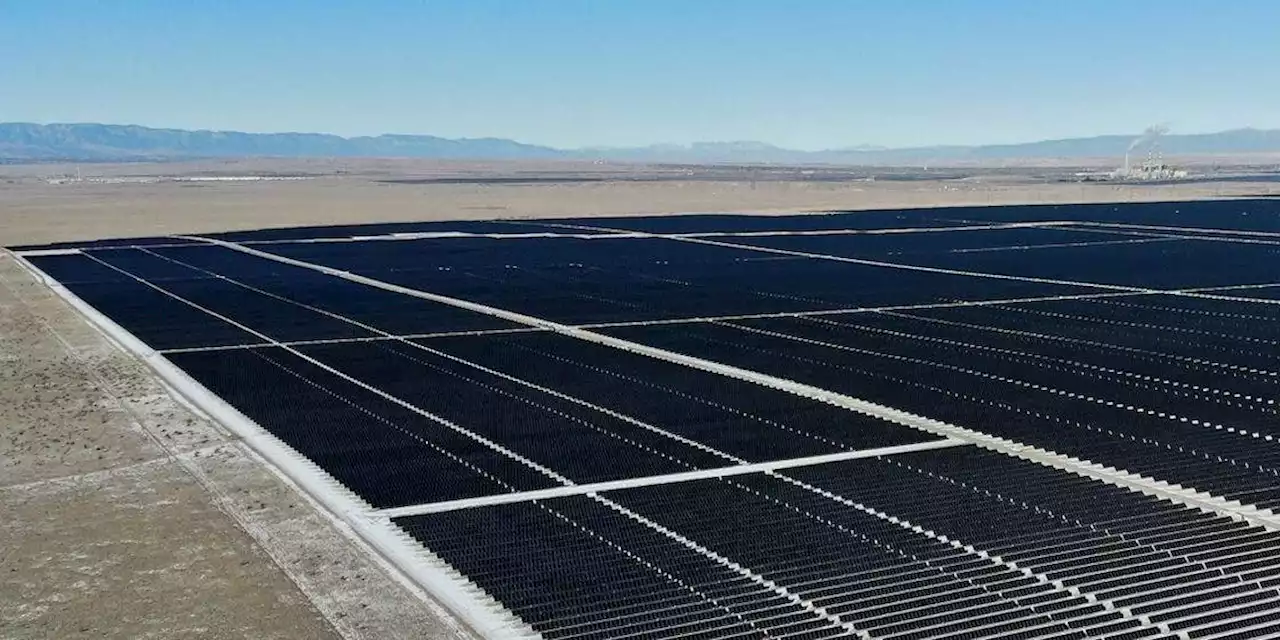New Solar Farm Is A Carbon Sink & Prairie Preserver, Too
A movement is afoot to quash utility-scale solar development on farmland in the US, but the case for rural solar keeps expanding in new and different directions. In the latest example, Lightsource bp has built a pair of solar farms in Colorado that double as carbon sinks and help to preserve 3,000 acres of shortgrass prairie, too.Solar developers like farmland because it is relatively flat, treeless, and exposed to sun. Roads and transmission infrastructure are pluses, too.
or shopping malls, solar arrays are relatively temporary and the land can be farmed again, eventually.agrivoltaics Lightsource used the occasion to remind everyone that it has another solar farm in Pueblo, the 300 megawatt Bighorn Solar project. Together, the two projects involve the conservation of more than 3,000 acres of shortgrass prairie in and around the solar arrays.
Lightsource notes that bison and grizzly bears once roamed the area, which has since been dominated by livestock grazing. The new solar farms won’t bring back the bison and the bears, but they will push out the livestock and help protect the site for songbirds and other native species.Global stakeholders in the agriculture industry have already caught onto the idea that regenerative practices are good at sequestering carbon, and that can benefit the bottom line.
“Research data indicates that over the first 25 years of the projects’ 40-year lifespan, the on-site prairie habitat will remove and store the equivalent of 36,000 tons of CO2,” Lightsource notes.If Pueblo rings a bell, you may be thinking of the EVRAZ Rocky Mountain steel plant, which is the off-taker for the Bighorn solar farm. The facility has been ditching coal, which is good.
